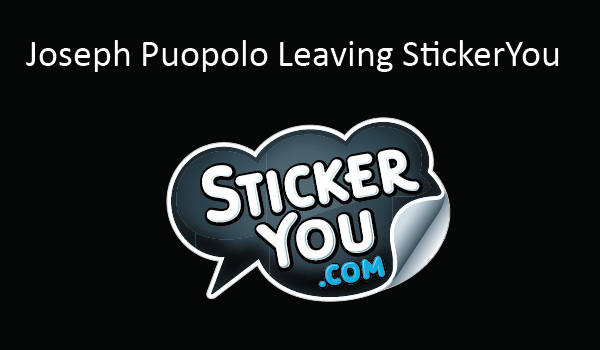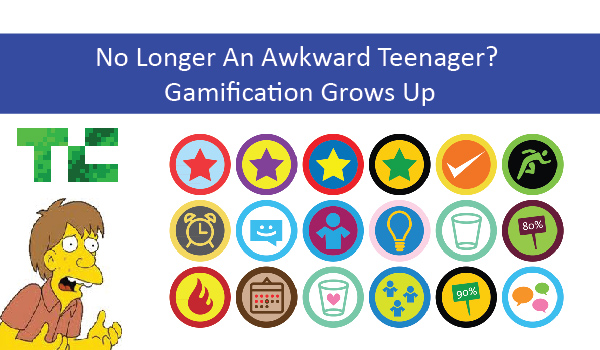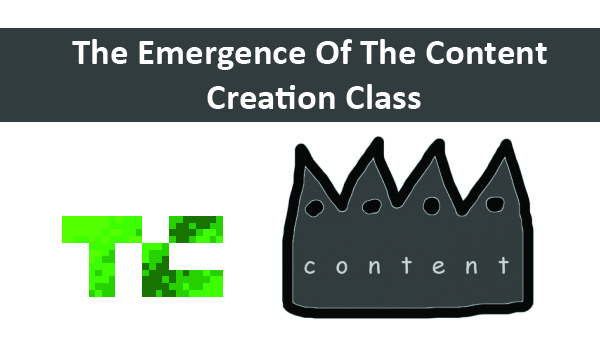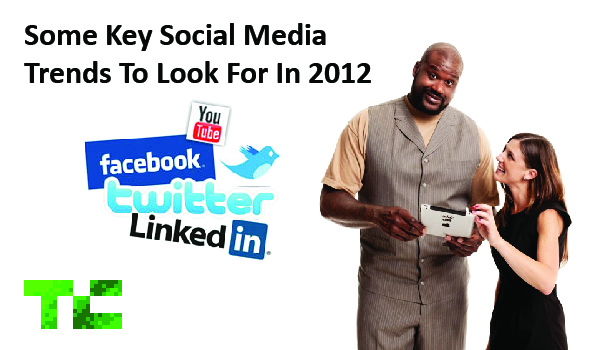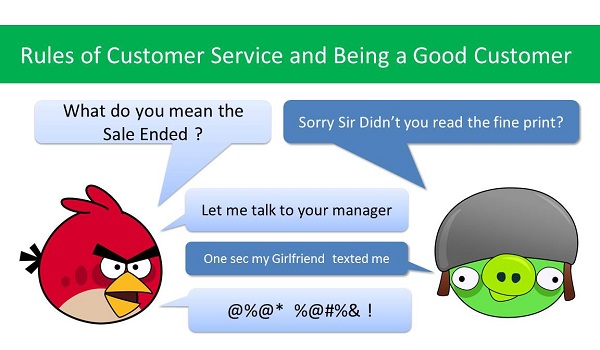Here I sit, in an airplane on the tarmac of Miami International Airport. Our flight home should have left the ground over an hour ago. My wife is next to me, just about ready to climb out and start pushing the plane herself. I am annoyed and frustrated, and anxious to be winging our way back home. With any luck, we will be in the air by the time I finish this post and I can deride a company for the first time while at 30 000 ft. altitude. We almost never fly American Airlines (mostly because of my addiction to Star Alliance’s customer loyalty program!), but this flight was booked for us by our cruise line, leaving us little choice in the matter. However, I will not be returning to American Airlines anytime in the near future, and I’d like to outline why. We just finished a lovely 10-day cruise and headed to Miami International Airport. We were already rather annoyed by the fact that our flight would not be leaving for 7 hours after our transfer from the ship arrived at MIA (although this is not the fault of AA, but rather poor scheduling by the cruise line), but we decided to make the best of it. Both my wife and I were quite anxious to get home to our lovely daughter. Take-off time couldn’t come soon enough! Our headaches began in the check-in line. Firstly, it was woefully understaffed by probably the surliest group of individuals I have ever met. It was as if I just met the 7 dwarves, except they were all named Grumpy. I went to ask them some basic questions, only to be shuttled back and forth as they decided whose responsibility it was to answer my basic question. Instead of just answering us about check-in details, we were throttled about like a bloody ping-pong ball from line to line. The net result? Sitting in lines with our luggage for another 2 hours before we could check-in. Once we actually got to the Express Check-in, we were greeted by the unfriendliest piece of software that I have ever seen. Rather than taking the pieces of information that were already entered into the system, they required us to manually re-enter everything. Having just read the Steve Jobs book, and being captivated by his attention to detail and user experience, I could only imagine what his reaction to this system would have been. After 2 attempts and 10 minutes we finally got our boarding passes. (Oh wait, looks like we are about to take off) Next we were off to the lounge to wait...
Read MoreAfter nearly 18 months of sticker awesomeness, I have mutually decided with StickerYou to part from the company. Over the past year we have accomplished so many things, whether it is getting picked up by Groupon or Living Social and having our retail product featured in Toys R’ Us and other major retailers. Over the past year we have accomplished some amazing things: 500% Increase in Traffic and Sales 1000% Increase in organic traffic 10’s of thousands of happy customers who keep coming back for more This is not the end for me and StickerYou. I will be staying on in and advisory capacity. Whenever you spend so much time taking something to the next level, you want to make sure it continues to succeed. This is a testament to the relationship I have made with so many people. They make StickerYou what it is and are its heart and soul. To the StickerYou staff, I can say your dedication is only outstripped by your talent. While our team has changed over the year, I am more convinced than ever this is the best team to handle the upcoming challenge for the next year to continue to evolve this company. To the StickerYou board, I have always had an excellent relationship with you. You have provided thoughtful advice both to succeed and grow personally and professionally. I look forward to both the continued personal and professional relationship that we have built over the years. To Andrew, this is your baby. Please continue to nurture it and help it grow into the company you envisioned, when you started this journey. You are truly passionate and committed to its success. While today is my last day I can look back and be proud of what I accomplished and the impact I have made. Now to the Future What does the future hold for me ?!?! Well a number of people have been already asking me whether I would come work for them, whether I would consult, whether I would start my own start-up or even whether I would escape into the Himalayas and regrown my Movember beard. The honest truth is I haven’t decided where I want to throw my time and energy just yet. If you have any ideas as to what or where I should spend my time I am open to ideas. I leave for a much needed cruise and vacation this week, where I can contemplate these life changing decisions on a beach. I am always available via Twitter @Jpuopolo or email joseph@jpuopolo.com. I would put my ICQ number here, but that might date me...
Read MoreOver the last year, you may have noticed that a once-niche trend not only crept into the mainstream, but is starting to really make a big splash. Gamification has become one of the hottest buzz words in the industry and is probably in the process of taking over a website or user experience near you. For the uninitiated, gamification, said simply, is the use of game design techniques and mechanics to solve problems and engage audiences. Over the last year, even large companies and enterprises are starting to get in on the game, with Gartner saying that all CIOs should have gamification on their radar, and M2 research predicting that the gamification market will reach 2.8 billion in direct spending by 2016. Okay, so it’s on the rise, we get that, but let’s take a look at some of the players that are helping to take this trend to the next level. Three companies in particular are currently creating some buzz in the space: Badgeville, Bigdoor and Bunchball. Badgeville started by making a big splash center stage at Disrupt in the fall of 2009. The company took home the Audience Choice Award at Disrupt, has since gone on a tear and is poised to have a great 2012. (Check out Rip’s original post on Badgeville’s prospects here.) Badgeville Co-founder and CEO Kris Duggan pulls no punches when it comes to one of the most visible and early adopters of gamification, the check-in king: Foursquare. The CEO says that Foursquare was early in its attempts at gamification, but that its incentivization models remain fundamentally flawed. Duggan points to the “Mayorship” system within Foursquare: “You have literally hundreds of people and only one mutually-exclusive point of recognition, the Mayor. What happens to the other hundreds of people? Not only are they not engaged, but you don’t take into consideration different types of users.” Duggan believes you need to engage not only the heavy user, but medium and light users as well. Rather than a one-size-fits-all methodology, you can appeal to each user type and incent them accordingly. From a marketer’s perspective this is a huge hole in the way Foursquare approaches gamification for brands. The ability for brands to own their engagement strategy is key for them to grow their model. A vanilla badge strategy will only allow them to go so far and without real control of the experience and rewards it won’t be a rich experience. Keith Smith, CEO of Big Door, has seen large adoption of their gamification platform. And, in particular, the CEO recognizes a big opportunity selling to marketers: “Marketers today spend more money on acquiring users than working to retain those users and providing them with a reason to...
Read MoreThe content creation class shall inherit the Internet. Richard Florida coined the expression the “Creative Class”, his belief being that these some 30 to 40 million would be the driving force for economic development in a postindustrial world. Instead of driving the macro economy the Content Creation Class refers to the group of people who drive content on the internet those that write blogs, those that upload video to YouTube, and those that upload pictures to share with the world. The Internet is a key segment within this postindustrial world identified by Florida. Since the emergence of Webernets, two distinct classes that have emerged — those that create content and those who consume it. For every content creator there are far more individuals that consume content. Like other class systems, there are inherent advantages or disadvantages with each class. While content creators have had their share of benefits, the concept of mass content creation also comes with its own risks. The rise of the content creation class Content creators have enjoyed advantages over content consumers since the dawn of the internet. They enjoy higher amounts of influence; they have the potential to earn more money and fame. The only prerequisite to be part of this class is to create content; you do not need to be creative, correct or even factual. Bloggers are a great example of this — some blog just for blogging’s sake, while others have made it into a career or in some cases a successful business. Whether it is through paid promotion, advertisement or Google Adwords, people make thousands or tens of thousands of dollars monthly creating content on their blog. This system is has been used and abused by paid bloggers and those looking to bend the Google algorithm to their will to bend a torrent of traffic to their respective site. Thin content is a common problem, and parasitic to the Internet as a whole. It is still however, a part of content on the web, good or bad. Filling the content vacuum The content vacuum requires new content and it doesn’t seem to matter what it is. People will consume it. This isn’t to say that the better content won’t command more eyes, but even bad content will find viewers. This is another key differentiation between the creative class, you don’t need to necessarily be creative or factually correct to create information on the Internet. The reality is those that create either good or bad content will still see a benefit from it. A prime example is YouTube, there is tons of questionable videos that garner hundreds of thousands of views. As eyes continue to shift...
Read MoreIn 2011, social media had its share of growing pains. Large brands and corporations took to social media in force to try to find footing in this expanding medium. Some brands found success, while others found peril and new PR nightmares. One person who has helped brands navigate the proverbial social media minefield is Amy Jo Martin. She is the founder of Digital Royalty, a social media firm that has set itself apart by helping A-listers find their social media voice. Amy works with people like Dana White of the UFC, Dwayne “The Rock” Johnson of acting/WWE fame and brands like Nike and Fox Sports (and now Joel Stein). Her specialty is working with organizations or individuals and making them look good online. Since the online world is in perpetual flux, I wanted to get Amy’s take on the social media landscape for 2012. Here were a few key trends Amy said we should look out for in 2012: 1. Social TV Integration Many shows have already begun to integrate social TV, either through polling or integrating social elements within the show. See my example of how both the UFC and WWE are integrating social media into their programming. Social media played a pivotal role in the last presidential election, and it will likely be more integrated into political broadcasts. As each news channel fights hard to keep their viewers engaged, networks like CNN and Fox have made significant strides to engage their audience, although some would argue that this social media integration has come at the expense of hard-hitting journalism and analysis. 2. TV Is Going Online in a Big Way 2012 will be the first time that the Super Bowl will be streamed live to the world. Since the Super Bowl is generally viewed as the mother of all advertising spectacles, it will add a new dynamic into the digital component to advertising and social media integration. 3. Facebook Credits Take Center stage Facebook in 2012 has the potential to project its power and truly take Facebook credits into a viable currency. Amy puts it quite well when she says “they’re building an online destination we’ll never need to leave, and my guess is they’re only about 8% of the way through their product roadmap.” 4. Big Business Has Woken Up The way corporate entities approach social media is shifting. Many companies realize that setting up Twitter, YouTube and Facebook accounts is not going to cut it as their social media strategy. Brands will need to seriously shift their perspective by treating social channels more like communication channels and less like an advertising channels in order to make a difference. From my perspective...
Read MoreRules of Customer Service and being a Good Customer I decided to take the week after Christmas off this year, as I usually do. This has become an annual tradition to help me recharge my batteries and get ready for the next year. This year, as usual, I got a raft of gift cards for Christmas and this week I went to brave the horror that is after Christmas shopping to look for some bargains. This year, I have taken a ton of pictures. In fact, nearly 5000 pictures since I got my new camera. Just this Christmas alone, between my camera and video camera I created over 10 gigs of content. I decided to go into a chain of camera stores, Henry’s. This chain has a huge selection and while I got my camera at Vistek, my gift card was for Henrys. Admittedly I am not the world’s greatest photographer (big shocker there) but I still have a lot of pro gear and am getting better with it all the time. I usually keep my camera on auto focus and let it do the work. I went to go look at lenses, and quickly felt belittled by the clerk who wanted to show off how much more he knew about my camera than I did. I was in the shop and probably would have dropped nearly 1000 bucks on a new lens had the clerk not made me feel like I was a 10 year old. There I was, a customer with a 200 dollar gift card to spend in this shop and he couldn’t close the sale. It got me thinking about good customer service. On the flipside, customers can be rude and belligerent themselves. They lie, and manipulate in-store policies to get something that they probably shouldn’t receive. During Christmas shopping I had to tell a fellow customer to stop being a dick when he berated a clerk for something that was clearly not her fault. This is a set of rules I have developed for both customer service and for the customer to follow: Rules of Customer Service Don’t belittle the customer – It is your job to know more than the customer. That said, don’t make them feel like they are 5 years old. You need to be relatable, helpful and human to the customer. Work on behalf of both the customer and company – You need to operate for the best interests of both the customer and your company. You are the liaison between both groups and will earn a lot of loyalty and esteem if you try to find creative solutions to...
Read More
